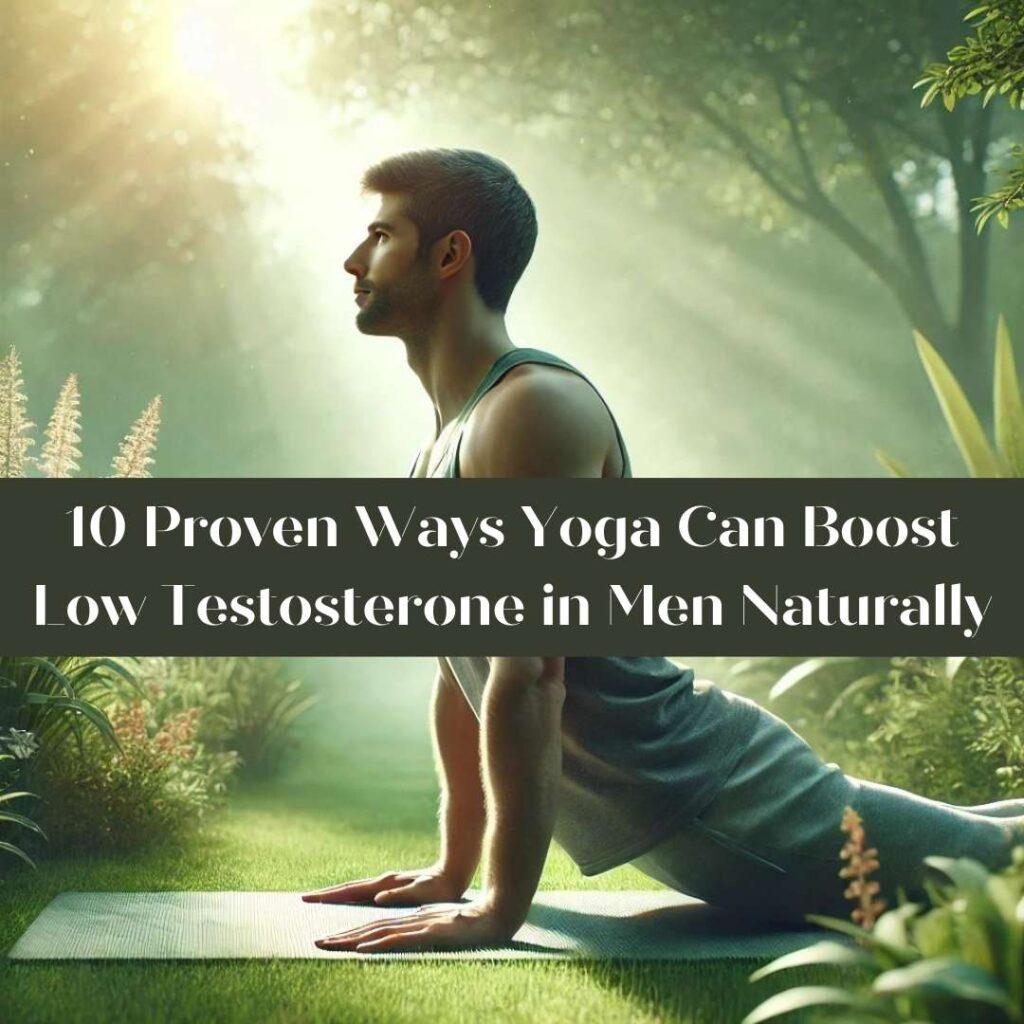Understanding Low Testosterone in Men
Low testosterone, commonly referred to as hypogonadism, is a condition where the body produces insufficient testosterone levels. Testosterone is vital for maintaining several physical and mental health aspects in men. It plays a key role in muscle mass, energy levels, sexual function, and mood regulation.
What is Low Testosterone?
Low testosterone occurs when a man’s body produces less than the required levels of this hormone. This can happen due to a variety of factors including age, lifestyle choices, and underlying health conditions. While testosterone levels naturally decrease with age, certain factors can lead to an earlier or more significant decline.
Causes of Low Testosterone
Low testosterone can be caused by:
- Age-related decline: Testosterone levels begin to drop around age 30 and continue decreasing over time.
- Medical conditions: Obesity, diabetes, metabolic syndrome, and chronic diseases can contribute to reduced testosterone levels.
- Lifestyle factors: Poor diet, lack of physical activity, and high stress levels can all lower testosterone production.
Symptoms of Low Testosterone in Men
Men experiencing low testosterone might notice:
- Fatigue: Feeling tired despite getting adequate sleep.
- Decreased muscle mass: Reduction in strength and muscle size.
- Reduced libido and sexual performance: A lower desire for intimacy and difficulties with sexual performance.
How Testosterone Affects Men’s Health
Testosterone impacts men’s health in numerous ways:
- Physical health: Low testosterone can result in weight gain, loss of bone density, and cardiovascular problems.
- Emotional health: Testosterone influences mood, and low levels can lead to anxiety, depression, and irritability.
- Long-term health consequences: If left untreated, low testosterone can increase the risk of osteoporosis, heart disease, and cognitive decline.
Role of Yoga in Addressing Low Testosterone
Yoga offers a natural, holistic approach to boosting testosterone. Regular practice helps men address both the physical and emotional symptoms of low testosterone by promoting relaxation, reducing stress, and improving overall well-being.
Benefits of Yoga for Hormonal Health
Yoga helps balance hormones by targeting both the mind and body. By reducing stress levels, improving blood flow, and encouraging mindful breathing, yoga naturally supports the endocrine system, which is responsible for hormone regulation.
Yoga Poses to Boost Testosterone
Specific yoga poses that target the body’s hormonal system can increase testosterone levels:
- Cobra Pose (Bhujangasana): Opens the chest, strengthens the back, and stimulates the adrenal glands.
- Bridge Pose (Setu Bandhasana): Increases flexibility in the spine and stimulates the thyroid gland.
- Plow Pose (Halasana): Reduces stress and stimulates the pituitary gland, which regulates hormones.
Yoga Breathing Techniques (Pranayama)
Breathing exercises, or pranayama, are essential for reducing stress, a known factor in testosterone imbalance. Practices such as:
- Kapalabhati (Skull Shining Breath): Energizes the body and mind while improving circulation.
- Bhastrika (Bellows Breath): Increases oxygen flow to the brain, helping to reduce stress and promote hormonal balance.
Lifestyle Changes to Complement Yoga for Low Testosterone
To maximize the benefits of yoga, men should also adopt healthier lifestyle habits.
The Impact of Diet on Testosterone
Eating the right foods can significantly improve testosterone levels:
- Foods that boost testosterone: Zinc-rich foods (e.g., oysters, spinach), healthy fats (e.g., avocado, nuts), and lean proteins.
- Foods to avoid: Sugary foods, processed foods, and excess alcohol, all of which can lower testosterone.
Physical Activity and Testosterone
Incorporating regular physical activity, particularly strength training, complements yoga’s benefits and helps maintain healthy testosterone levels.
Sleep and Testosterone Production
A good night’s sleep is essential for testosterone production. Poor sleep quality or insufficient rest can lead to a significant drop in testosterone levels.
Holistic Approaches to Boost Testosterone Alongside Yoga
In addition to yoga, there are several natural methods to help boost testosterone levels.
Ayurvedic Remedies for Low Testosterone
Herbal remedies from Ayurvedic practices have long been used to treat low testosterone. Herbs such as Ashwagandha and Shilajit are known for their ability to enhance testosterone production and improve overall vitality.
Meditation and Mental Health
Meditation helps reduce stress, which in turn supports better hormonal balance. By calming the mind, meditation allows the body to function more efficiently, promoting healthier testosterone levels.
The Importance of Reducing Stress
Chronic stress can wreak havoc on the endocrine system, reducing testosterone production. Practices such as mindfulness and relaxation techniques can reduce stress and support hormonal health.
Success Stories and Case Studies
Many men have successfully increased their testosterone levels through yoga and lifestyle changes. For instance, studies have shown that regular yoga practice can improve testosterone levels, reduce symptoms of low testosterone, and improve overall health.
Frequently Asked Questions (FAQs)
Can yoga alone solve low testosterone problems in men?
While yoga can significantly improve hormonal balance, it’s most effective when combined with a healthy lifestyle, including diet and exercise.
How long does it take to see results from yoga for low testosterone?
Many men notice improvements within a few weeks of consistent practice, though full results can take several months.
Are there any side effects of using yoga to treat low testosterone?
Yoga is generally safe, but it’s important to practice poses correctly to avoid injury. Consulting with a healthcare provider is always recommended.
What lifestyle changes should accompany yoga for low testosterone?
A balanced diet, regular exercise, sufficient sleep, and stress management techniques can all support the benefits of yoga.
Can young men have low testosterone, and can yoga help?
Yes, young men can experience low testosterone due to stress or medical conditions, and yoga can be an effective tool to help restore balance.
How does yoga compare to medical treatments for low testosterone?
Yoga offers a natural alternative, but in severe cases, medical intervention may be necessary. It’s important to consult with a healthcare provider to determine the best course of action.
Conclusion
Yoga provides a holistic and natural approach to boosting testosterone in men. When combined with a healthy lifestyle, yoga can help men manage the symptoms of low testosterone and improve overall well-being.
Instagram:@thepinklotusacademia
Facebook: @thepinklotusacademia
Enquire Now: Click Here
Learn more: The Pink Lotus Academia
Youtube: The Pink Lotus Academia
Other Blogs: Click Here
Buy recommended Yoga Apparels: https://amzn.to/4cHOiCB













